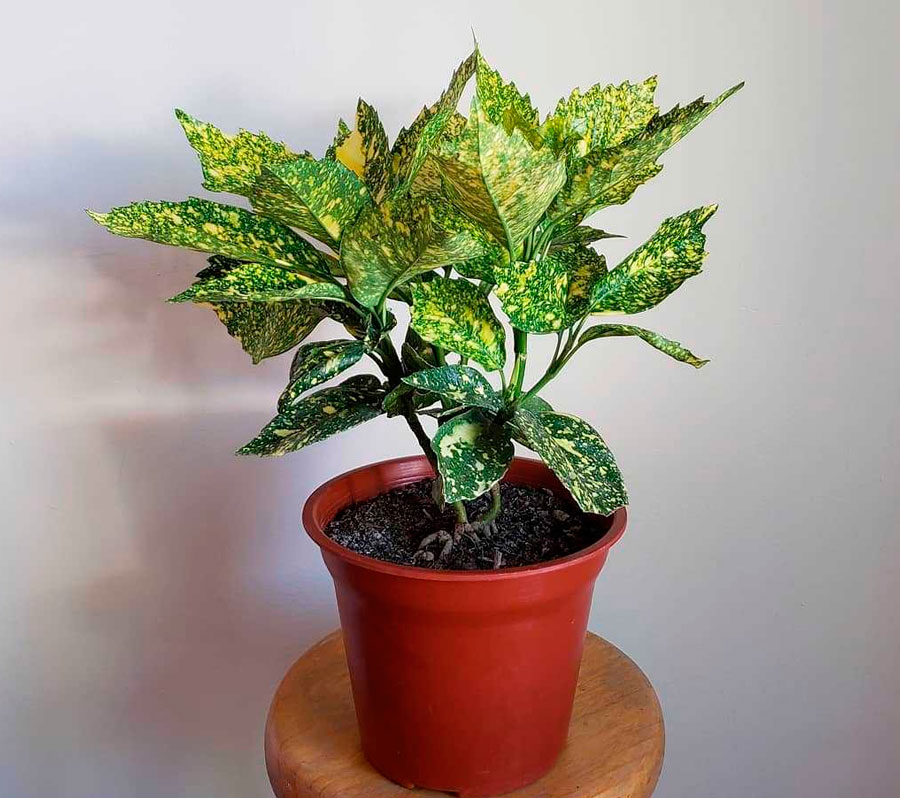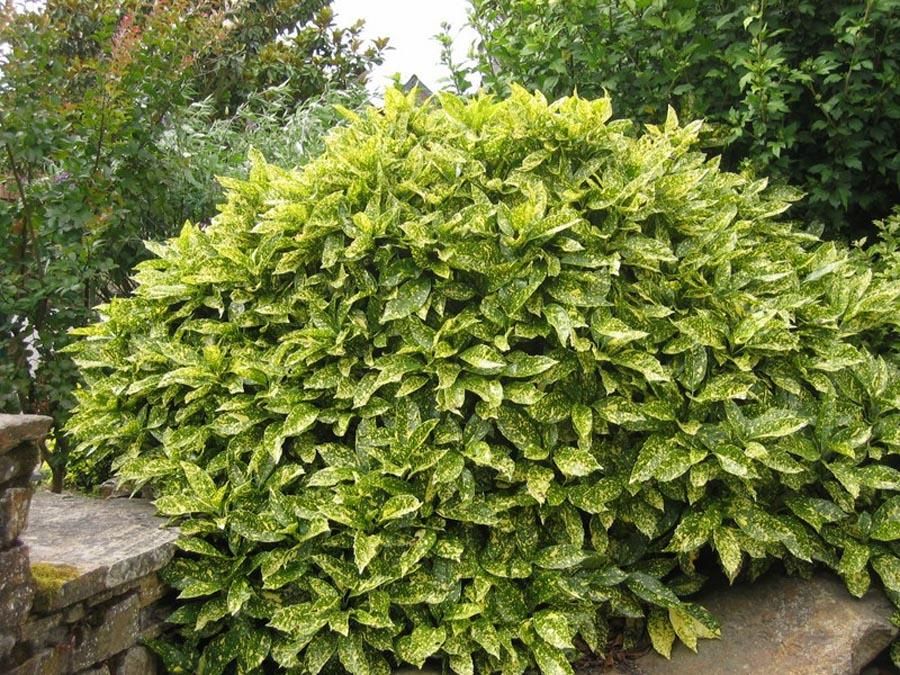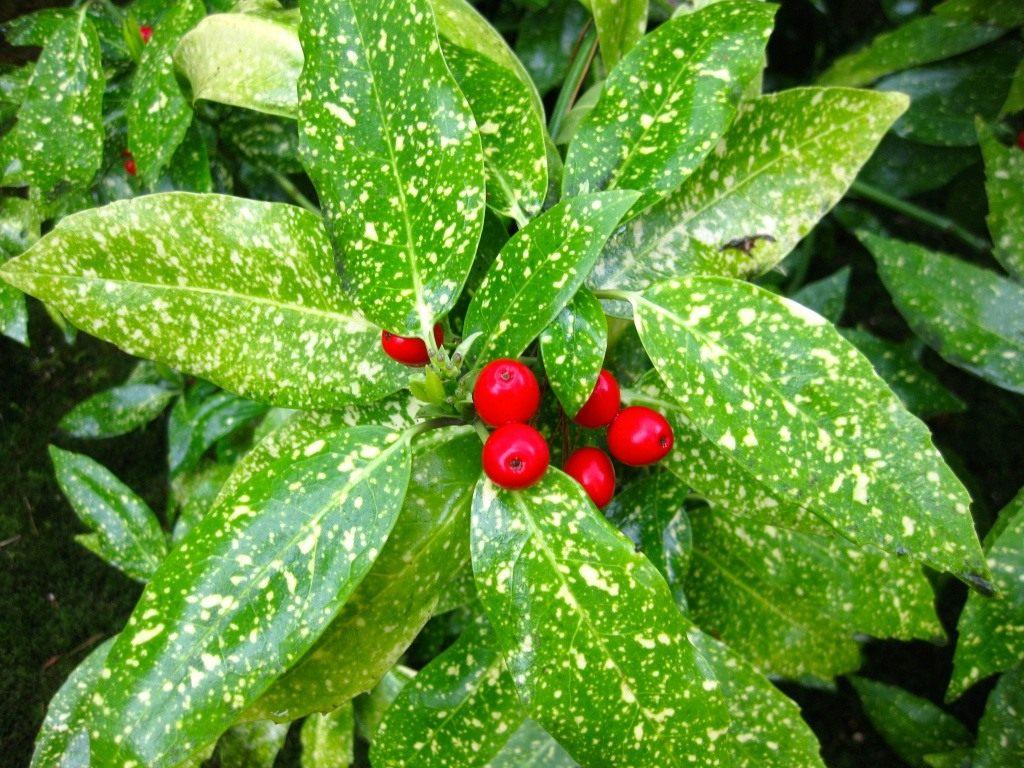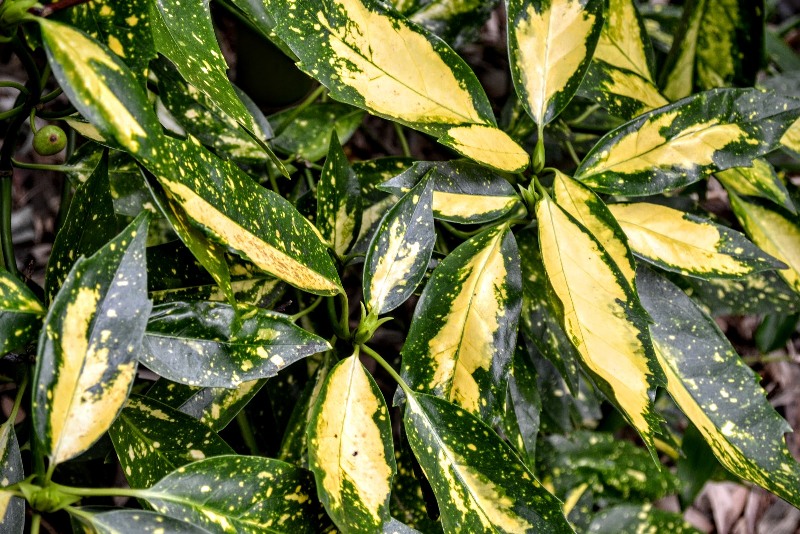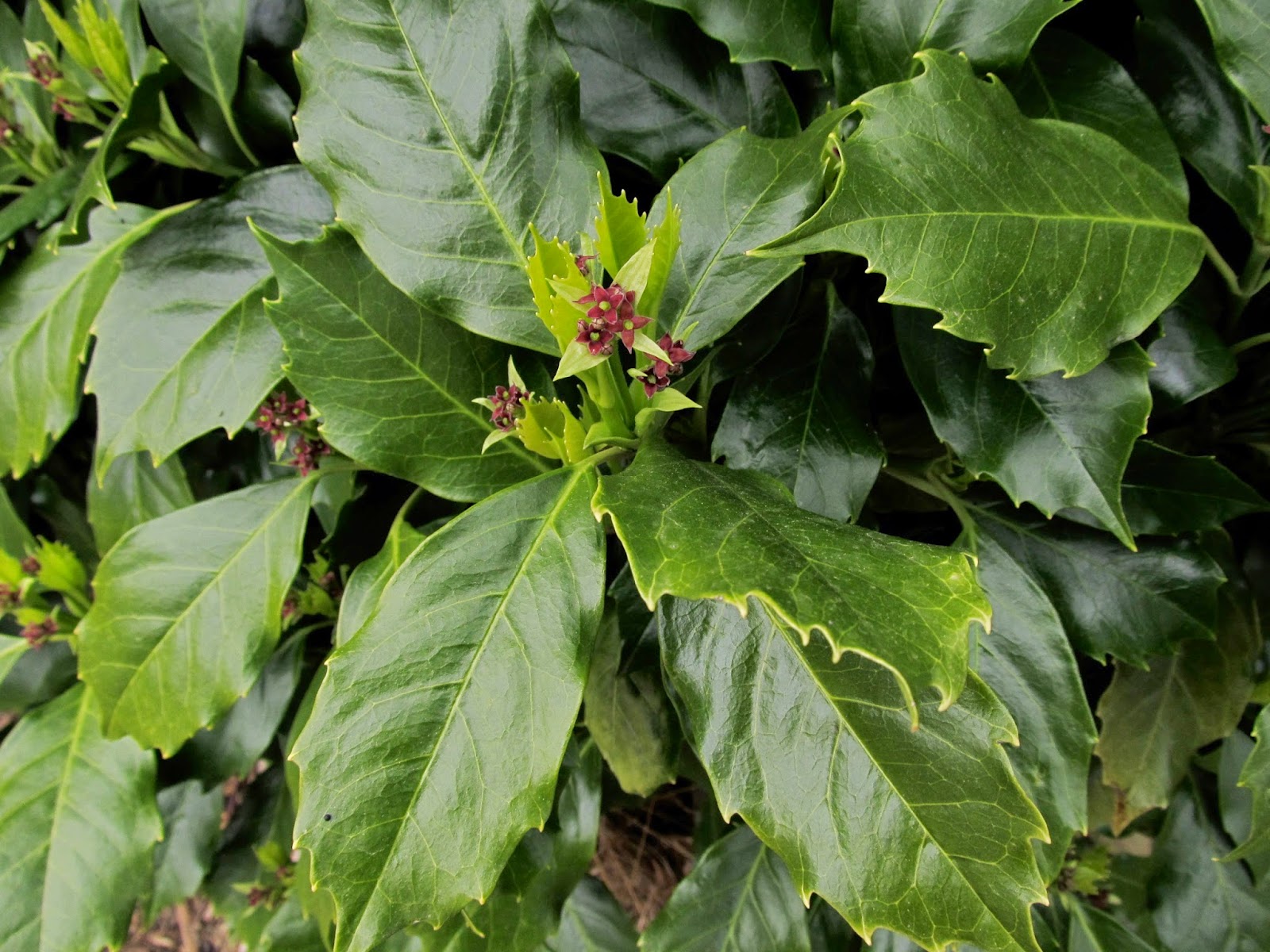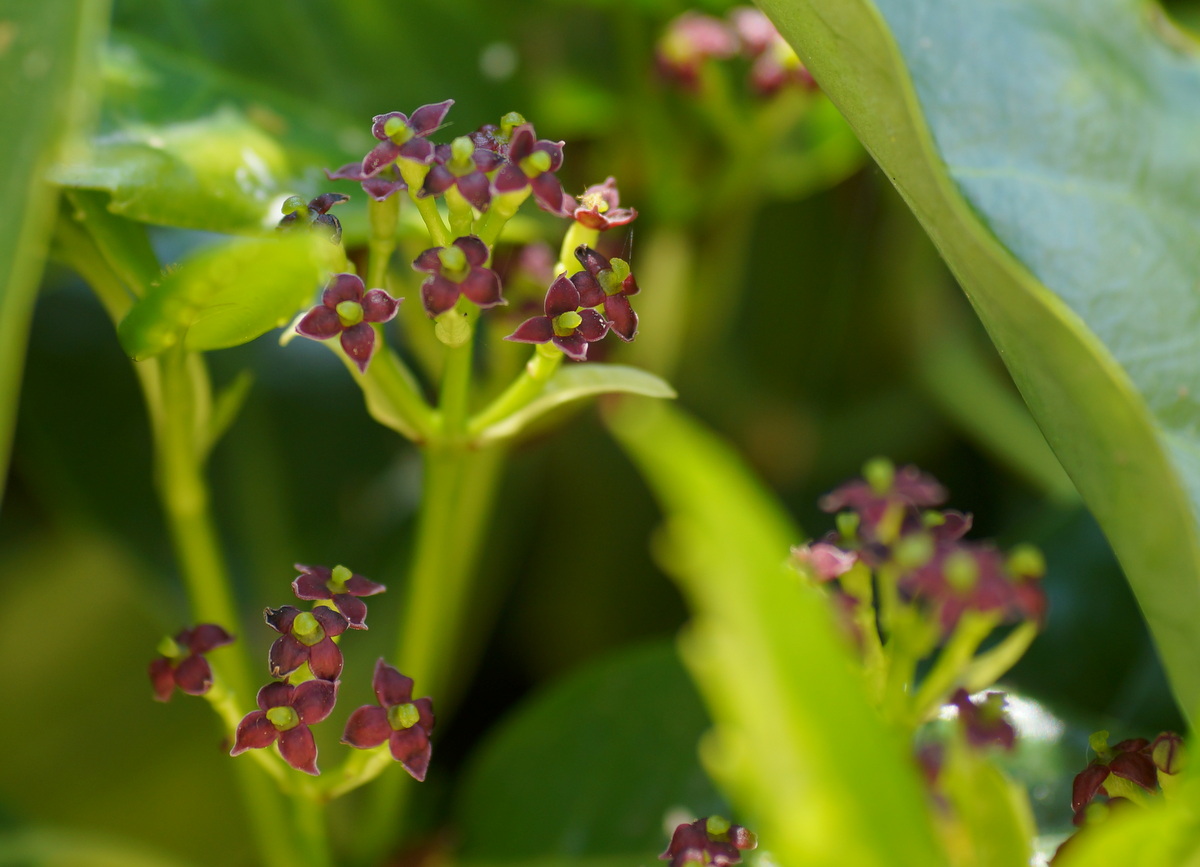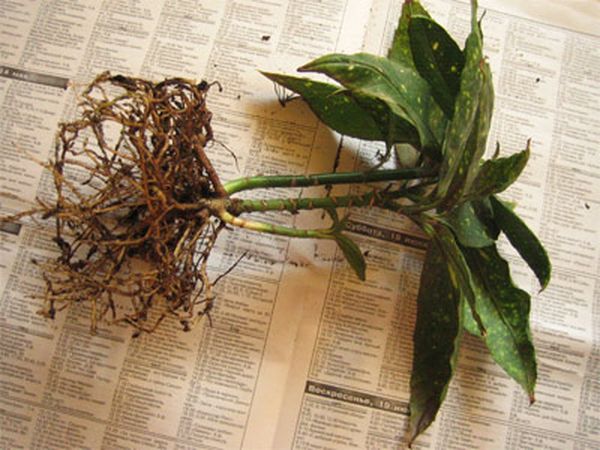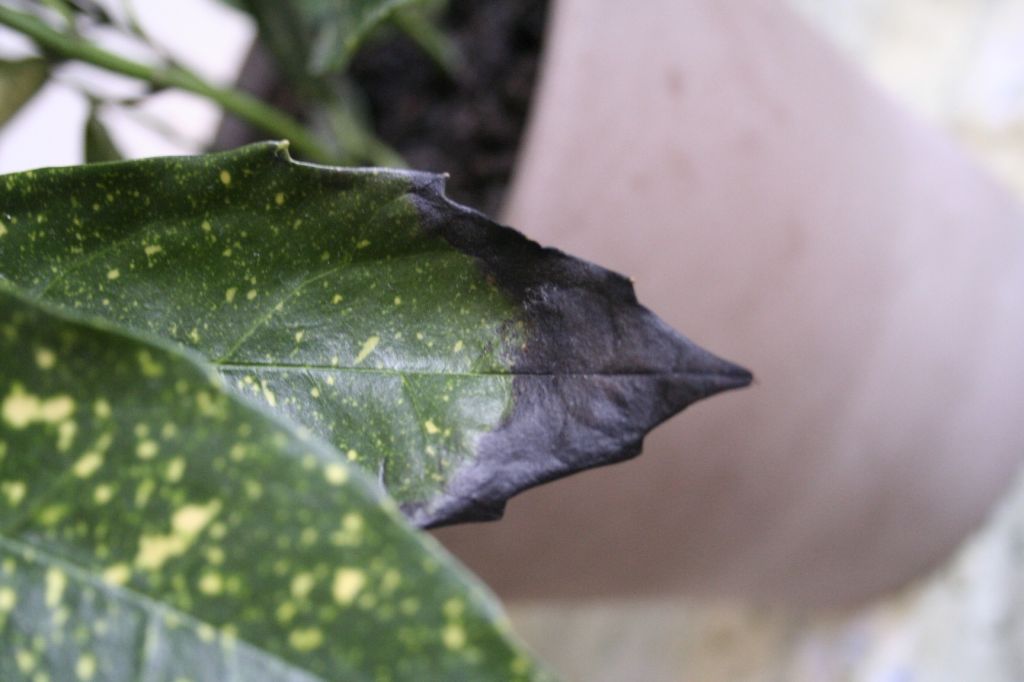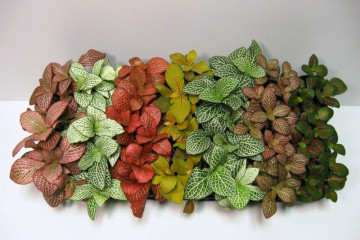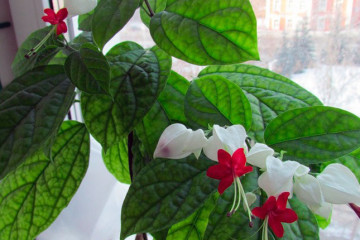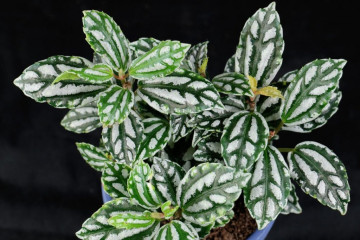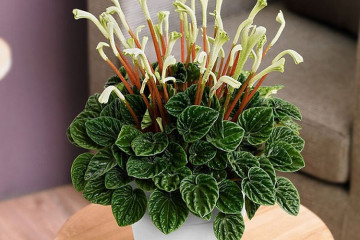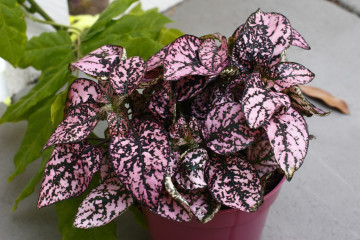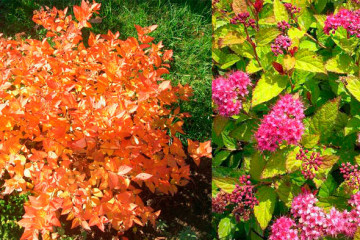Japanese Aucuba (Aucuba Japonica) - home care
Content:
Aucuba japonica is a popular variegated plant that is grown both in the garden and at home. Every florist will love to care for the culture. In return, she will thank you with green foliage with an extraordinary color, lush flowering and an easy breeding process.
Aukuba, or the golden tree, native to the forests of East Asia, is ubiquitous in Japan, the Lesser Caucasus Mountains and the Himalayas. Small plant with variegated foliage.
History of appearance
In the home interior, the flower was found already in the 18th century. Especially with such a plant, the people of Japan are lucky, where it grows everywhere, taking part in the annual events of the indigenous population. At first, the export of culture from the country was strictly prohibited - people tried to protect it as much as possible. Even then, it was valued for its magical healing properties.
Description
The description of the culture always begins with the leaves of the aucuba - the magnificent green crown is covered with golden specks, like droplets of precious metal. Some called the plant "sausage" because they saw in the numerous points something resembling a cut of a sausage.
Healing properties
The aucuba plant not only has a beautiful appearance. The foliage contains active substances that bring incredible benefits to both humans and the world around them:
- Destruction of harmful bacteria and microorganisms in the room,
- Regulation of air microflora to the required parameters,
- Quick assistant to a person with injuries and burns, tumors and frostbite.
- Create a peaceful and warm atmosphere at home.
Common varieties
The following types are most often commercially available:
- Hillieri,
- Variegata,
- Goldiana,
- Crotonifolia,
- Dentata.
Crotonifolia
Aucuba Japonica Crotonifolia is a rather lush shrub, up to 3 m in diameter. The foliage is glossy, and reaches 20 cm in length. The form of yellow specks of the Crotonifolia aucuba is different, so there are simple patterns on the leaflet. The plant has different male and female specimens. The fruits are red and oblong after flowering.
Hillieri
Foliage differs in narrower forms, monochromatic, jagged along the edge, dark green.
Variegata
Very bright foliage, light green. A scattering of golden spots glitters on it.
Goldiana
Very similar to Variegata, but the leaves are slightly larger in volume.
Dentata
The foliage is reminiscent of the Holly crop, bright green with a jagged edge.
Home care
Aucuba home care includes:
- Watering,
- Application of dressings,
- Bush formation by pruning,
- Providing the necessary conditions for rest.
Temperature and lighting
The flower will grow well both in the sun and in the shade. Doesn't like the scorching sun. Even in the shade, the brightness of the leaves will not be affected.
In winter, the temperature of the content should be 6-12 degrees, otherwise the foliage will begin to turn black and fall off.
Watering, spraying and moisture
Watering is plentiful, but not excessive, especially in summer and spring. Before watering, the topsoil should dry out a little. If water has collected in the pan, it should be poured out.
It is not necessary to spray the culture; it is necessary to wipe the leaves from dust. In the room where the flower is located, strong humidity is not allowed.
Soil and top dressing
In caring for aucuba, feeding is very important - with its correct and timely introduction, the foliage will be bright and rich.
From March to early September, fertilizer is introduced once a week. You can use a supplement bought in a store for ornamental plants, once a month pamper your pet with organic matter - slurry. The soil must be loosened so that air and moisture can pass easily.
During the rest period
Home care of Japanese aucuba during the rest period is different. All processes in the plant are slowed down or even suspended. Therefore, from October to February:
- The flower "rests" in a weakly heated room,
- Air temperature - from 8 to 12 degrees,
- Careful watering, allow the soil to dry out,
- Top dressing is not needed.
Pruning
It is carried out in March to form a beautiful crown and remove bad shoots. Young shoots must be pinched - this is how a dense crown is obtained. If the branches have been cut from the top, they can be propagated as a cutting.
Bloom
Comes from March to April, same-sex.
Types and forms of flowers
Aucuba flower is a dull red-brown inflorescence that is collected in panicles. Before the onset of flowering, the sex of the plant is difficult and almost impossible to determine. The fruit is small berries that turn either orange or red (rarely white and greenish).
How care is changing
Care continues the way that is necessary with active growth and development: weekly feeding and regular watering.
Reproduction
There are different types:
- Cuttings - cuttings of last year's growth are used,
- Seeds,
- Air layering,
- Sheet.
At home, the easiest way is to use the vegetative method - rooting the cuttings.
Germinating seeds
Often, the reproduction of aucuba by seeds is found in the open field in natural conditions, but cultivated varieties are not bred this way - it is very difficult to get a good seed in this case, the culture itself will lose all its characteristics.
Rooting cuttings
The optimal period for harvesting the cuttings is considered either March or late summer-early autumn. Shoots are cut with a sharp knife, 2-3 leaves remain on them. They must be rooted in prepared, well-moistened soil or soil mixture. Cover the container with transparent foil. Periodically ventilate, spray, keep it at a temperature of 20-22 degrees. After 2-3 weeks, dive the sprout into a separate pot.
Air layering
Layers begin to form from branches with aerial roots at the bottom. In this case, you should dig in a twig and water it well. It will soon take root.
Transfer after purchase
After the purchase, the aucuba is transplanted into a small pot. It is necessary to plant in a substrate, suitable for ornamental plants or a mixture of sod, deciduous soil and peat (1: 1: 2). Planting the seedling is carried out in slightly moistened soil, which subsequently needs to be tamped a little.
Growing problems
With proper care, the aucuba practically does not cause problems with cultivation. There are some points worth paying attention to.
Shedding foliage and buds
The flower lacks moisture, so it sheds foliage to distribute the feeding process. It is worth adjusting the watering.
Pale leaves
The lighting is likely to be overly bright. You need to move the pot to partial shade.
Dry tips
Insufficient watering and moisture. First, the leaves begin to turn yellow, then dry. You must either turn on a humidifier or spray the flower.
Falling foliage
There is not enough feeding. In this case, the leaves first become smaller, then they begin to fall.
Pests
Most often, the plant is attacked by diseases associated with the active defeat of the plant by a spider mite. Another pest is thrips.
The luxurious appearance and the presence of beneficial properties make the aucuba (golden tree) a valuable shrub among others. The exquisite foliage shimmers colorfully in the sun and can heal burns and skin inflammation.
